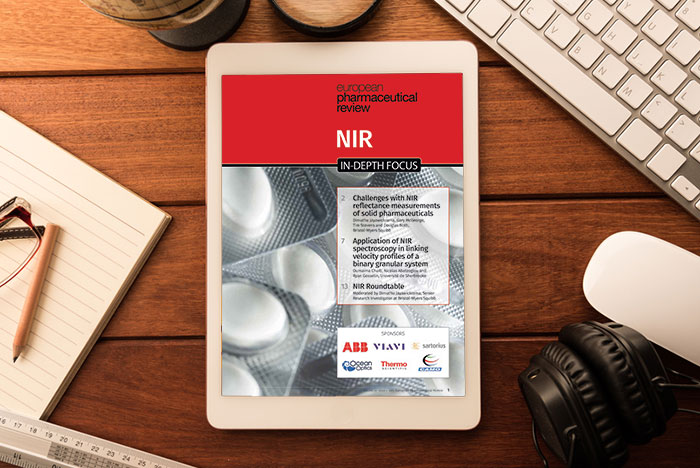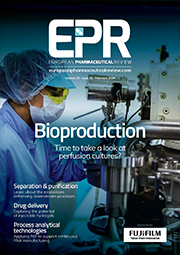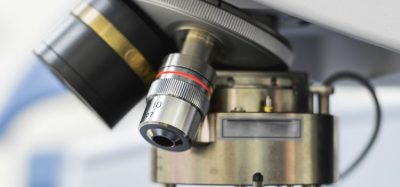NIR In-Depth Focus 2015
Posted: 3 September 2015 | European Pharmaceutical Review
In this NIR In-Depth Focus: Challenges with NIR reflectance measurements of solid pharmaceuticals, Application of NIR spectroscopy in linking velocity profiles of a binary granular system…


- Challenges with NIR reflectance measurements of solid pharmaceuticals
Dimuthu Jayawickrama, Gary McGeorge, Tim Stevens and Douglas, both Bristol-Myers Squibb
Near-infrared (NIR) is a well-established spectroscopic tool for analysing pharmaceutical solids, with attractive features being its non-destructive nature and ability to evaluate solids without physical sampling. Although it lacks well resolved peaks, advances in chemometrics have helped to establish NIR as an excellent quantitative and qualitative spectroscopic method. As a result, it has been adopted as a vital analytical means for developing and commercialising pharmaceutical products. In addition, many NIR applications have been developed as real-time analytics (RTA) and to support process analytical technology (PAT). NIR reflectance measurement, a measurement mode that relies on NIR signal recordings reflecting back to the NIR instrument after interacting with a sample (diffuse reflectance), is widely used in solid analysis. However, there are challenges associated with these measurements. This article discusses three such challenges: determination of NIR interrogation volume/amount and the nature of what is being analysed, and the impact of window fouling during real-time NIR measurements… - Application of NIR spectroscopy in linking velocity profiles of a binary granular system
Oumaima Chaib, Nicolas Abatzoglou and Ryan Gosselin, Université de Sherbrooke
Previous publications have shown that residence time distribution (RTD) of gravity-driven free flowing powders through hoppers can successfully be measured using a near-infrared spectroscopy (NIRS)-based methodology. The experimental setup consists of a lab-scale hopper equipped with an automated high-speed gate-valve (guillotine). RTD can then be used to evaluate radial velocity profiles. An extended semi-empirical mathematical model based on a laminar flow pattern is presented herein. It considers the effects of powder rheology via the internal (particleparticle) and external (particle-wall) angles of friction measured in shear cells. These tests were performed with a cylindrical hopper. The results show that when both angles of friction are known and used as model constants, a twoparameter model, which expresses the relative importance of these two angles of friction and the deviation from classical fluids laminar flow, can be used to predict with satisfactory precision such granular flow velocity profiles… - NIR Roundtable
Moderated by Dimuthu Jayawickrama, Senior Research Investigator, Bristol-Myers Squibb
This NIR In-Depth Focus is restricted - login or subscribe free to access


Why subscribe? Join our growing community of thousands of industry professionals and gain access to:
- bi-monthly issues in print and/or digital format
- case studies, whitepapers, webinars and industry-leading content
- breaking news and features
- our extensive online archive of thousands of articles and years of past issues
- ...And it's all free!
Click here to Subscribe today Login here
Issue
Related topics
Related organisations
ABB, Bristol-Myers Squibb Company, CAMO, Ocean Optics, Sartorius, Thermo Fisher Scientific, Université de Sherbrooke, Viavi
Related people
Dimuthu Jayawickrama, Gary McGeorge, Nicolas Abatzoglou, Oumaima Chaib, Ryan Gosselin, Tim Stevens






